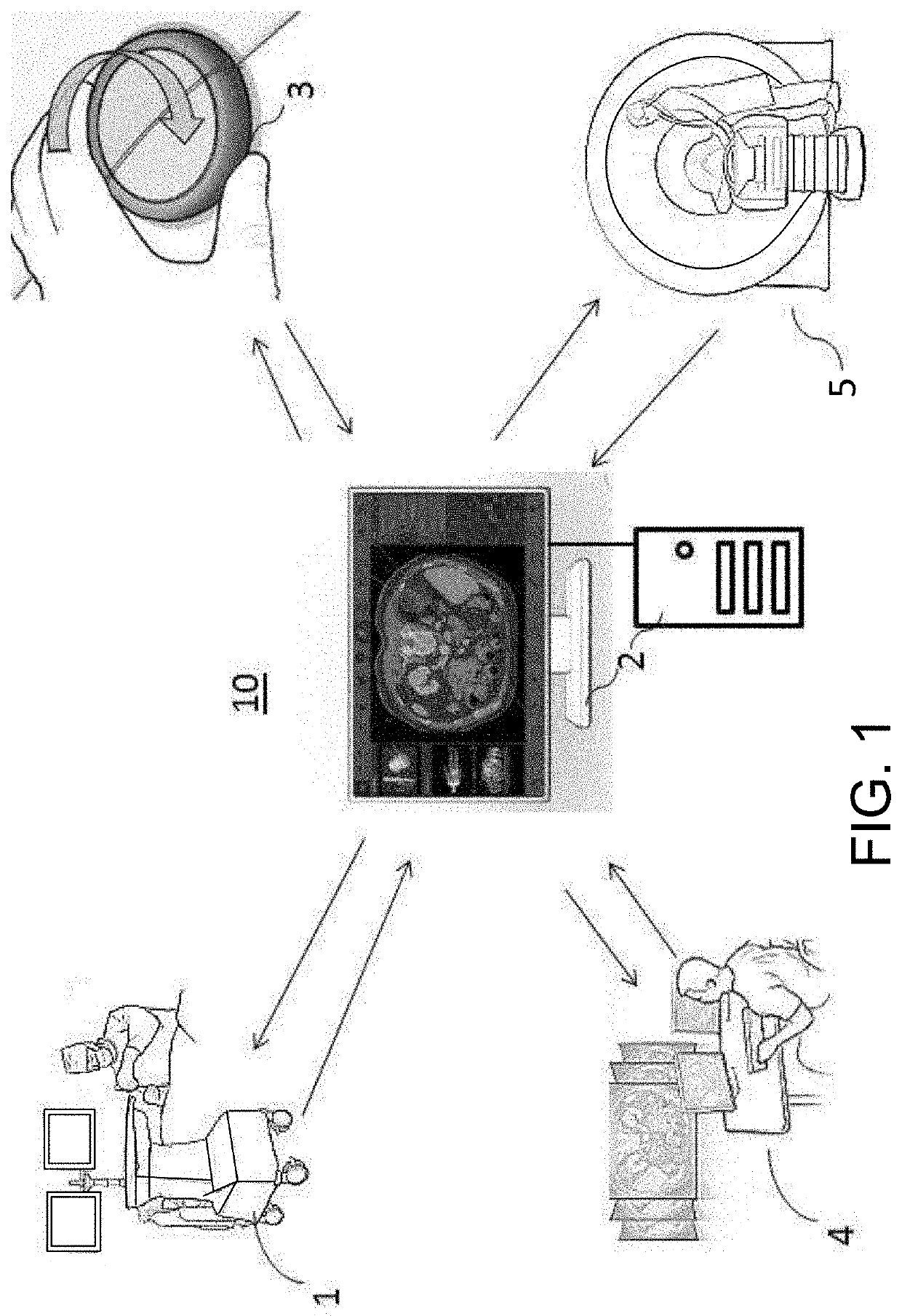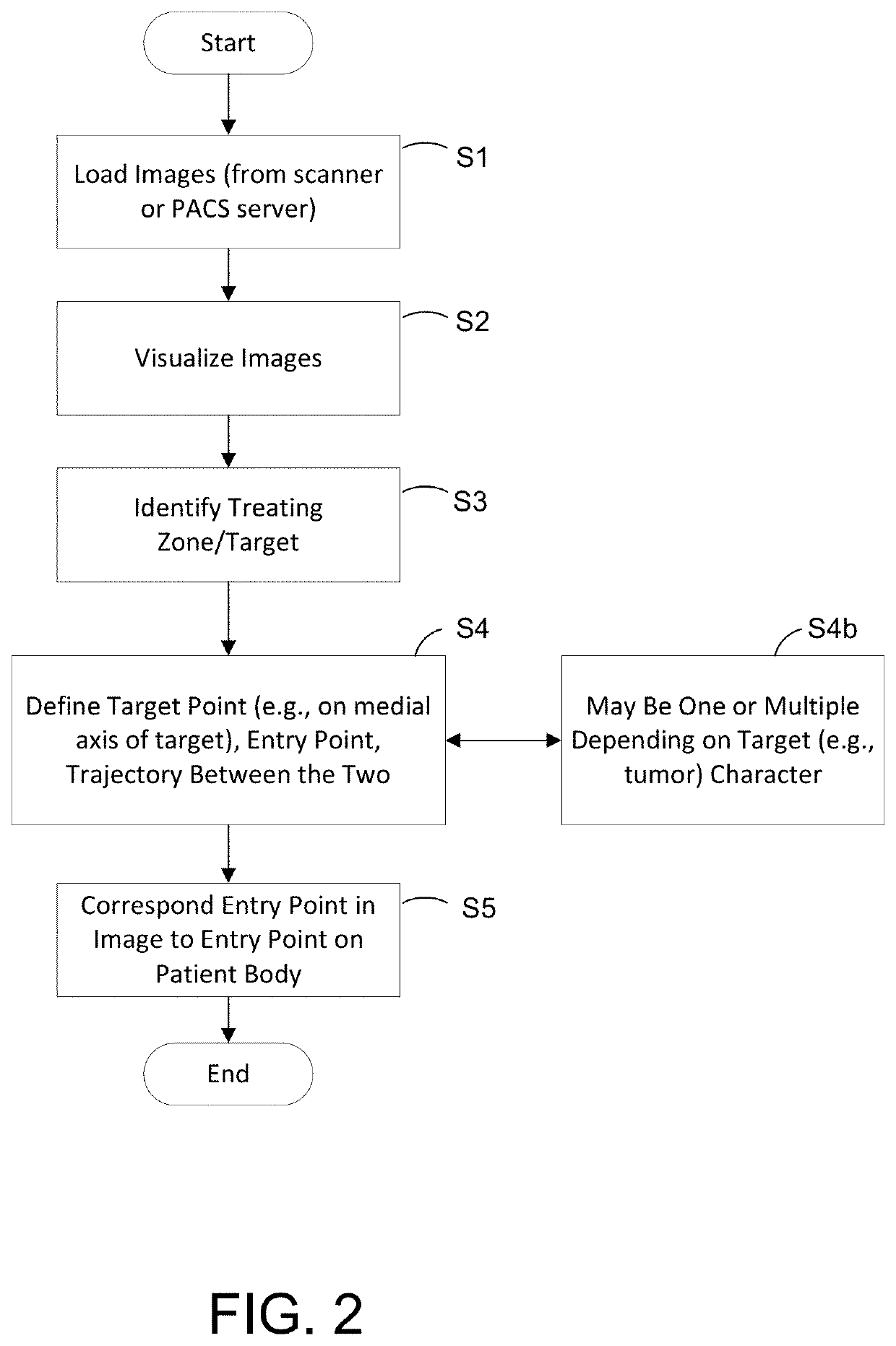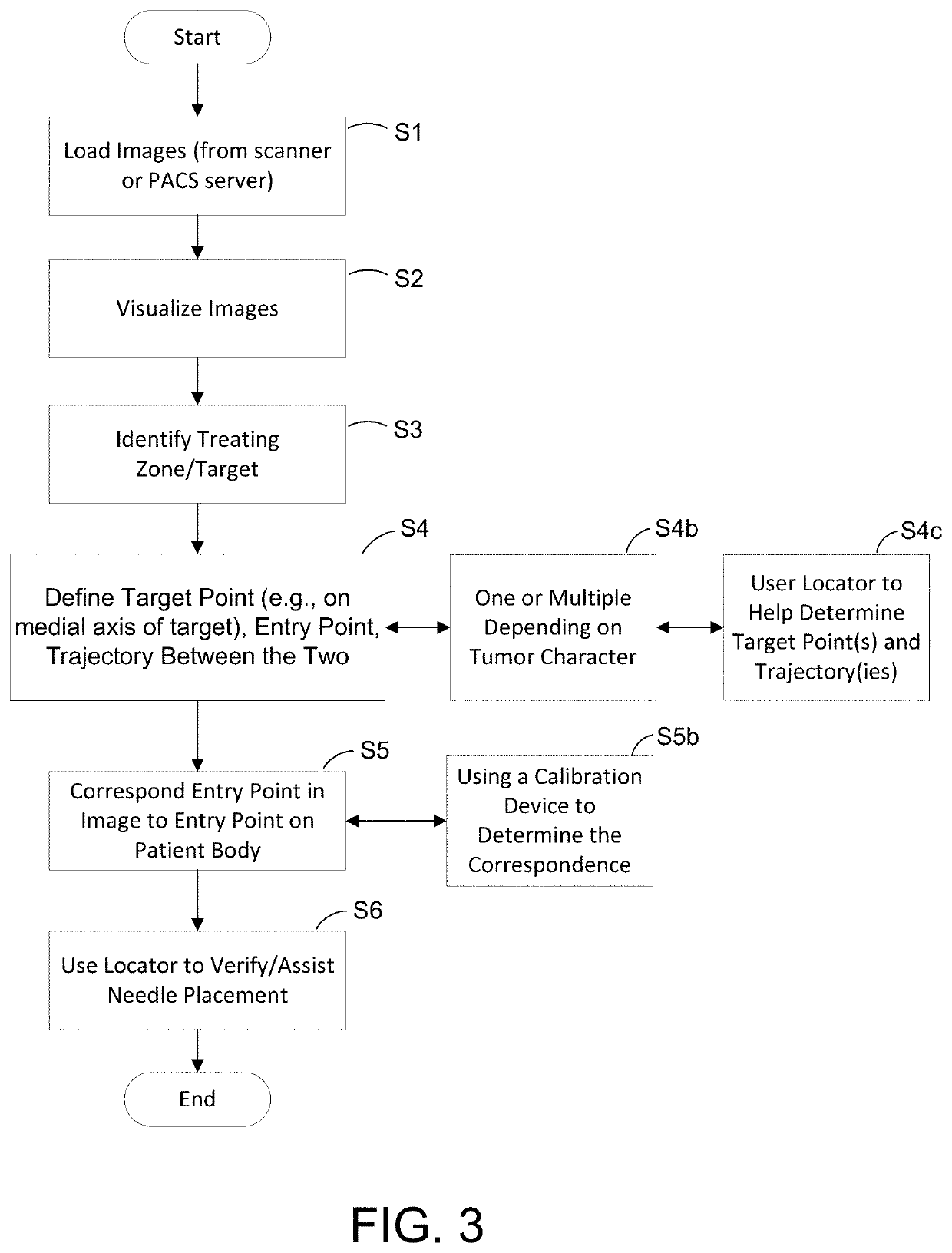Methods, apparatuses and storage mediums for ablation planning and performance
a technology of ablation planning and ablation performance, applied in the field of optical imaging, can solve the problems of a lot of variables, rarely good diagnostic imaging, and a lot of planning for ablation, and achieve the effect of effective planning and reducing the time of ablation procedur
- Summary
- Abstract
- Description
- Claims
- Application Information
AI Technical Summary
Benefits of technology
Problems solved by technology
Method used
Image
Examples
Embodiment Construction
[0046]One or more devices, systems, methods and storage mediums for performing ablation planning and / or performance are disclosed herein. In accordance with at least one aspect of the present disclosure, one or more devices, systems, methods and storage mediums discussed herein perform ablation planning and / or ablation performance using at least one of the following methods: security or credential checking, integrating several steps (e.g., segmentation, registration, differential image view, etc.) to enhance an experience of a user when iteratively and interactively exploring and evaluating the planning and / or performance process, determining a medial axis of a target and performing confirmation with margin view. In one or more embodiments, these methods may be combined to further enhance the effectiveness in planning and ablation performing procedure. Several embodiments of the methods, which may be carried out by the one or more embodiments of an apparatus, system and computer-rea...
PUM
 Login to View More
Login to View More Abstract
Description
Claims
Application Information
 Login to View More
Login to View More - R&D
- Intellectual Property
- Life Sciences
- Materials
- Tech Scout
- Unparalleled Data Quality
- Higher Quality Content
- 60% Fewer Hallucinations
Browse by: Latest US Patents, China's latest patents, Technical Efficacy Thesaurus, Application Domain, Technology Topic, Popular Technical Reports.
© 2025 PatSnap. All rights reserved.Legal|Privacy policy|Modern Slavery Act Transparency Statement|Sitemap|About US| Contact US: help@patsnap.com



